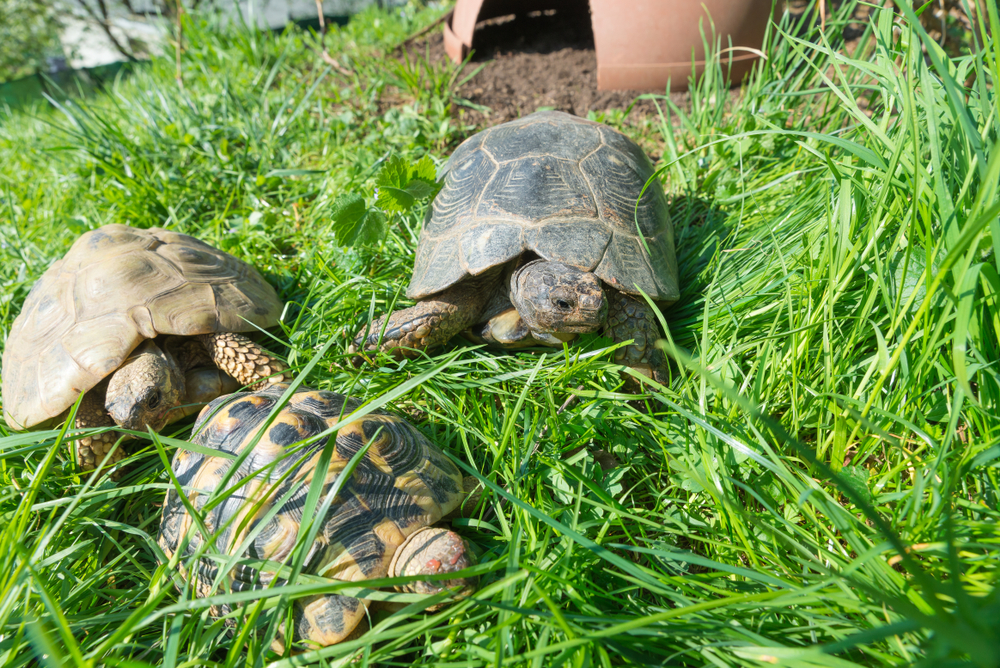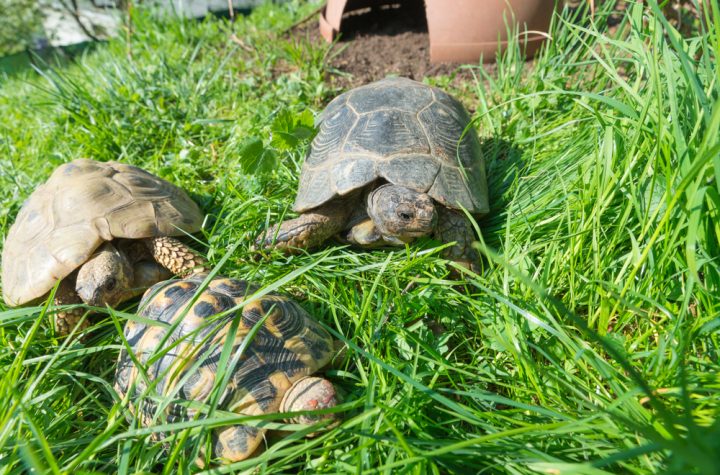
The Marginated Tortoise, known for its impressive size and unique characteristics, is a remarkable species native to Europe. As the largest tortoise in the region, it commands attention with its distinctive features and intriguing history. Understanding these traits and providing the right care is crucial for maintaining their health and well-being. Here’s a comprehensive look at the Marginated Tortoise and how you can ensure its thriving in both wild and captive environments.
Historical Background and Unique Traits
The Marginated Tortoise (Testudo marginata) has a long-standing presence in European ecosystems. Native to Greece and the surrounding areas, these tortoises have adapted to a variety of habitats, from rocky hillsides to forested regions. Their historical significance and adaptability make them a fascinating subject for study.
- Size and Appearance: As Europe’s largest tortoise, the Marginated Tortoise can reach impressive sizes, with shells measuring up to 16 inches in length. Their most distinguishing feature is the pronounced margin of the carapace, which gives them their name. This robust shell, combined with their sturdy limbs, allows them to navigate their environment effectively.
- Behavior and Diet: Marginated Tortoises are herbivores, primarily feeding on a diet of grasses, leaves, and flowers. Their diet reflects their natural habitat, where they graze on available vegetation. In the wild, they exhibit a slow, deliberate pace, foraging throughout the day.
Creating an Ideal Habitat
Providing an appropriate habitat is essential for the well-being of Marginated Tortoises, whether in a home enclosure or an outdoor environment. Their habitat should mimic their natural surroundings as closely as possible.
- Outdoor Enclosures: For those keeping Marginated Tortoises as pets, an outdoor enclosure is ideal. The enclosure should offer plenty of space, allowing the tortoise to explore and graze. It should include areas for basking, hiding, and shelter from harsh weather conditions. To learn more about setting up an optimal outdoor habitat, refer to this detailed guide on Europe’s largest tortoise.
- Indoor Enclosures: If an outdoor setup is not feasible, an indoor enclosure can also meet their needs. Ensure it includes a UVB light to simulate natural sunlight and a heat source to maintain appropriate temperatures. A substrate that allows for burrowing, such as a mix of sand and soil, helps create a comfortable environment.
Diet and Nutrition
A balanced diet is crucial for maintaining the health of Marginated Tortoises. Their dietary needs reflect their natural grazing habits and should be catered to accordingly.
- Feeding Habits: Provide a variety of leafy greens, such as dandelion greens, kale, and collard greens. Offer vegetables and occasional fruits in moderation. Avoid feeding high-protein foods or those high in oxalates, as these can affect their health negatively.
- Calcium and Vitamins: Supplement their diet with calcium to support shell and bone health. Ensure they have access to fresh water at all times to stay hydrated.
Health and Veterinary Care
Regular health check-ups and preventive care are essential for the longevity and well-being of Marginated Tortoises.
- Routine Check-Ups: Schedule regular visits with a veterinarian experienced in reptile care. These check-ups help monitor the tortoise’s health and address any issues promptly.
- Observation: Keep an eye on your tortoise’s behavior and physical condition. Any changes in appetite, activity level, or shell appearance should be evaluated by a professional.
Conclusion
The Marginated Tortoise is a captivating species with a rich history and unique traits. Understanding their needs and providing a suitable habitat is crucial for their well-being. For more insights into creating an ideal environment for this impressive tortoise, the comprehensive guide on Europe’s largest tortoise. By adhering to proper care guidelines, you can ensure a long, healthy life for your Marginated Tortoise.




More Stories
Common Misconceptions About Acrylic Nails: What You Should Know
More than 200 former Republican aides back Kamala Harris | US Election 2024
An investigation into the ill-treatment of the Lev Tahor sect in Guatemala